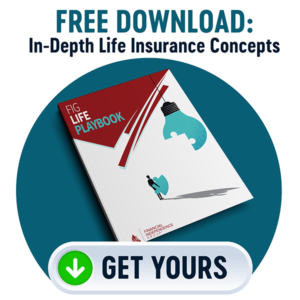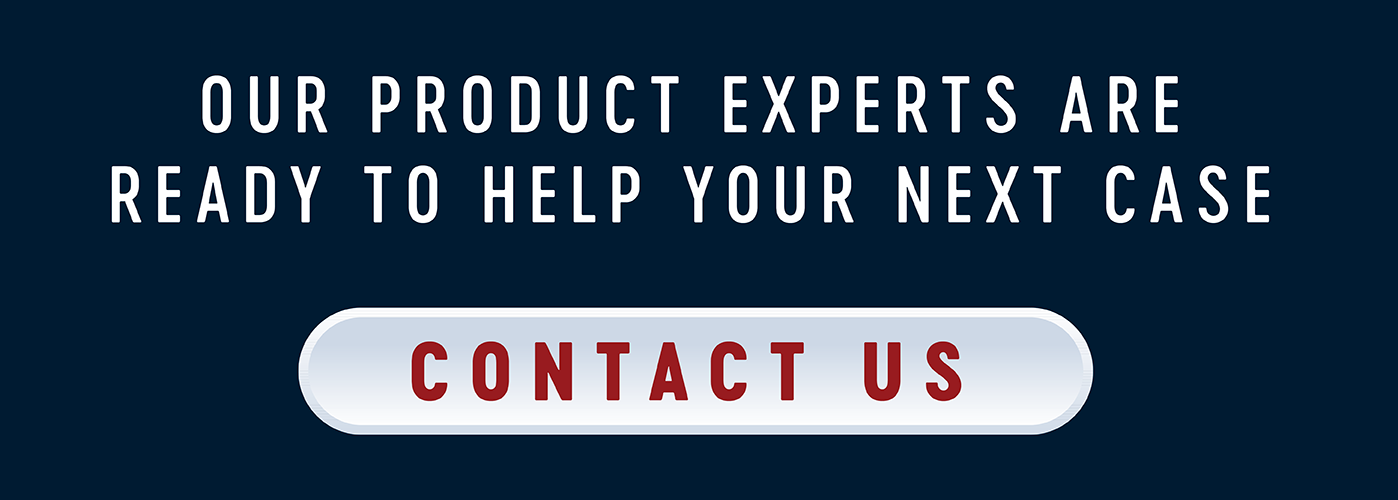Updated September 6, 2023, at 6:59 PM
Whether your client already owns a permanent life insurance policy or they’re considering purchasing one, sometimes the complexity can be overwhelming. Life insurance can be an efficient vehicle for cash value savings and growth, but at some point the jargon needs to be simplified.
Rather than diving into every possible feature available, here are 5 features to consider the next time you’re looking at life insurance policies.
Features a Life Insurance Policy Should Have
1. Death Benefit
This should be a no-brainer. Life insurance is first and foremost designed to provide protection for loved ones in the event that something happens to the insured. That’s why a death benefit is a must. If a plan cannot accomplish that goal, then it likely isn’t the plan for them. This is why I often suggest permanent policies that’ll ensure that loved ones will receive that benefit.
But not all permanent plans are the same.
If you’re looking at a whole life policy, know that the policy will pay a death benefit. These plans typically have the highest annual premiums, but they also have a minimum death benefit that your client can rely on. If you’re looking at a universal life policy, make sure that their death benefit is guaranteed for a number of years with which they’re comfortable.
Related: What Are the Charges Deducted from a Universal Life Insurance Policy?
If they have confidence in the accumulation strategy, they might be able to accept fewer guaranteed years. With policies like this, it comes down to a question of risk tolerance, with the reward being either lower premiums or greater cash value growth.
2. Living Benefits
I cannot stress this enough. A life insurance policy should be able to protect your client and their loved ones before they die. Living benefits are an acceleration of death benefits to help pay for necessary expenses if you client becomes chronically, terminally, or critically ill.
These benefits range widely, so just because the policy advertises “living benefits” or “accelerated benefits” doesn’t mean they have the coverage they need. Many policies come with a no-cost rider that applies only when they’re deemed terminally ill, which typically qualifies as less than 12 months to live.
Other riders will come into play if they’re diagnosed with a critical illness (the illness would have to be listed on the terms of the rider). Finally, a chronic illness rider would be activated if they couldn’t complete two of the six acts of daily living (eating, bathing, getting dressed, toileting, transferring, and continence).
Each of these riders has its benefits. I suggest that you opt for a policy that has all three. Where possible, I also suggest that you investigate a true long-term care rider as well, but that is a much larger conversation. Regardless of the rider, read the terms of use.
Related: Two Main Issues with the Life Insurance Underwriting Process
3. Cash Value
One of the largest differences between term and permanent insurance is the ability for the permanent policy to grow and maintain a cash value account. At a minimum, that account is designed to offset the premiums put into the policy. Often after some time it may give your client the opportunity to recoup all of the premiums they’ve paid.
In a whole life policy, slow and steady is the strategy. The cash value account doesn’t grow in leaps and bounds, but instead may offer security for your money with minimal to moderate growth.
Universal life typically offers greater upside potential, often linking the cash value account to a market performance factor. In recent years, universal life policies that offer indexing strategies have been increasingly popular because of their downside protection combined with upside potential.
4. Access to Cash Value
The cash value account is useless if your client can’t access their money. Life insurance is one of the only ways to grow your money tax-free. All of the premiums that go into your policy can be pulled out tax-free as withdrawals, and even the growth in that account can be accessed tax-free in the form of loans. All things considered, this becomes an incredibly efficient growth vehicle.
Being cognizant of your clients needs, you need to watch out for the loan rate built into the policy. If your client can access their entire cash value with loans at an 8% loan rate, that may negate all of the positive growth they’ve experienced thus far. When available, I recommend you help select a policy that offers variable or indexed loans. While they’re not set in stone, they do offer the possibility of lower rates and maintained cash value growth.
Related: Not All Insurance Policy Reviews are Created Equal
5. Flexibility
Keep in mind that a permanent plan is something that’ll probably be in-force for several decades. If your client buys a policy at age 45, that policy could very likely still be in-force when they’re 85 years old. Does your client know where they’re going to be in 40 years?
Make sure that the policy has flexibility built into it for that reason. With many policies, your cash value account can be used to pay your premiums in later years, and living benefits can give you access to your death benefit before you die. It’s vital that you choose a plan that can adjust as their life changes.
A lot can happen in 40 years.
The content within this document is for informational and educational purposes only and does not constitute legal or tax advice. Customers should consult a legal or tax professional regarding their own situation. This document is not an offer to purchase, sell, replace, or exchange any product. Insurance products and any related guarantees are backed by the claims paying ability of an insurance company. Insurance policy applications are vetted through an underwriting process set forth by the issuing insurance company. Some applications may not be accepted based upon adverse underwriting results.
Some types of permanent insurance may require consistent premium payments, or the policy may risk lapsing. Unpaid policy loans decrease future death benefits paid to beneficiaries. Excessive policy loans may cause the need for future premium payments. If a contract lapses due to excessive policy loans or if a customer chooses to surrender their policy, one may be subject to tax payments for policy loans that exceeds the premiums paid.



